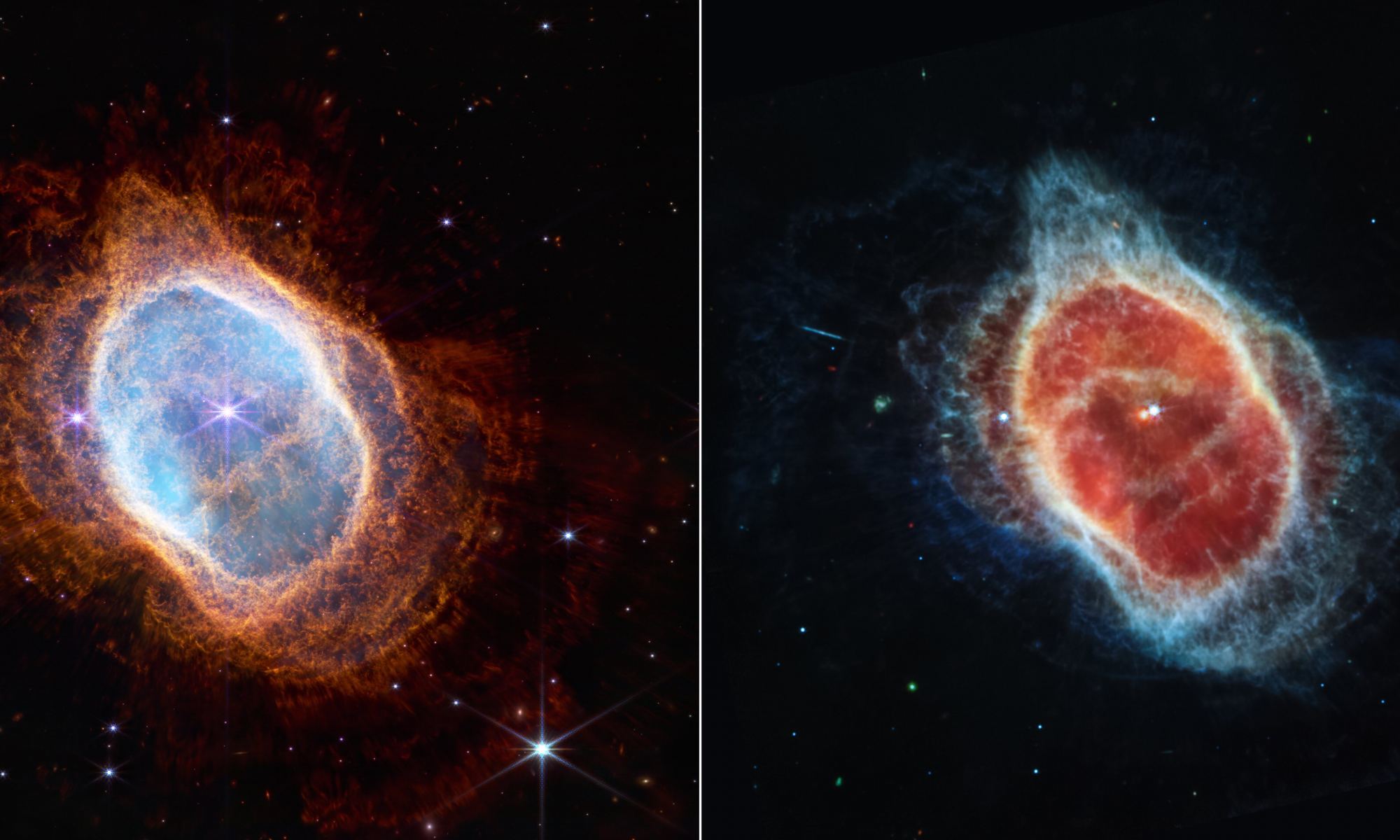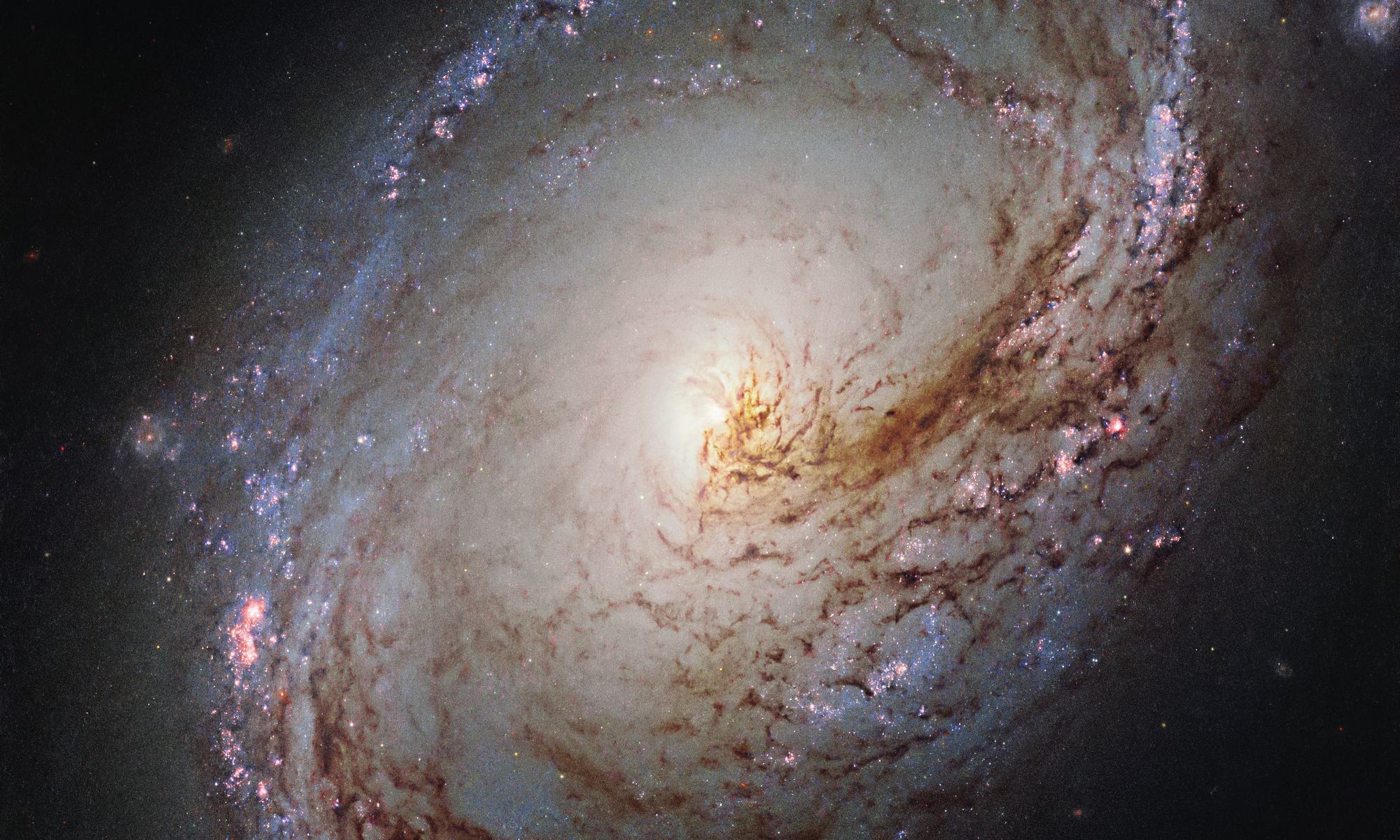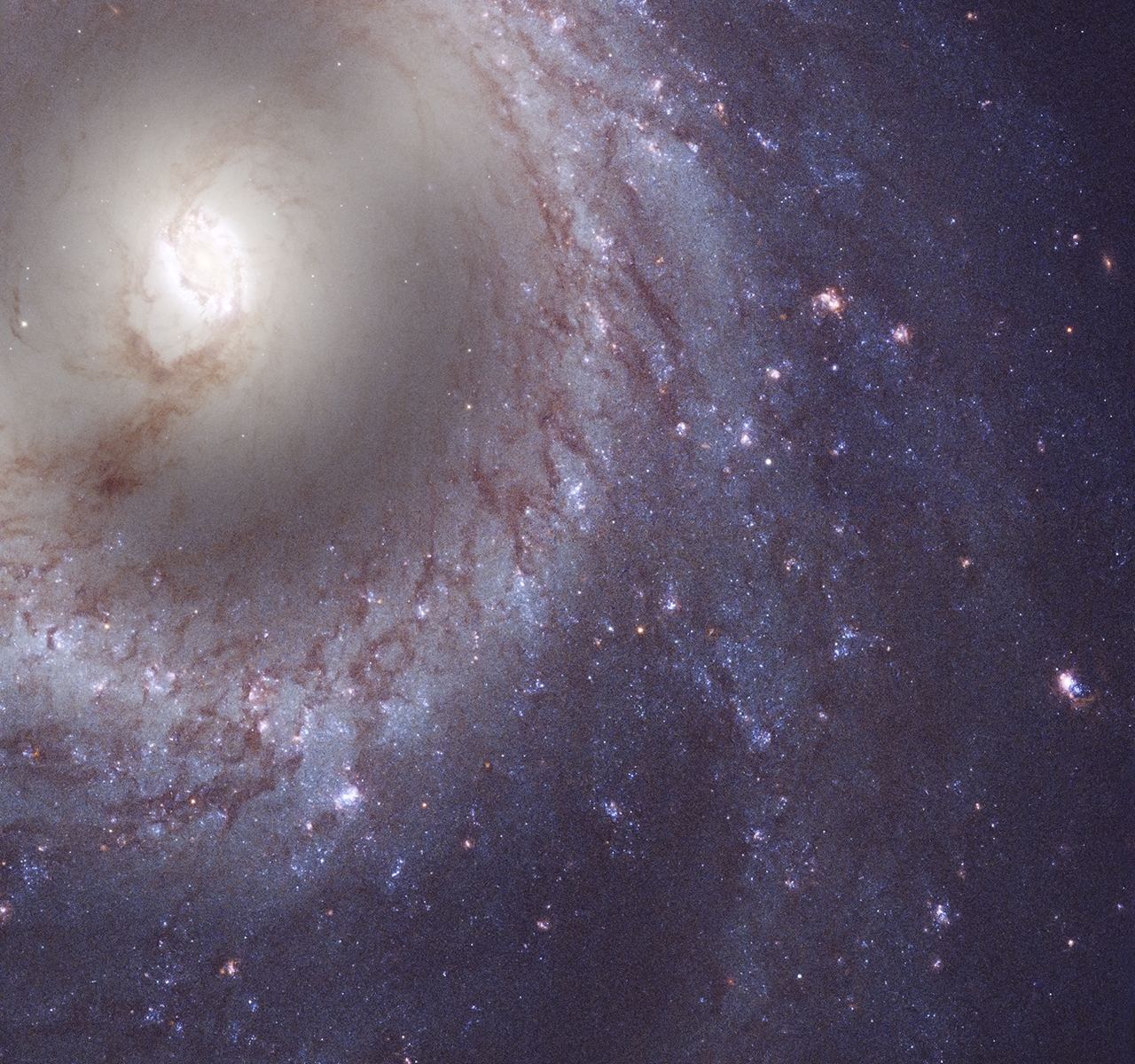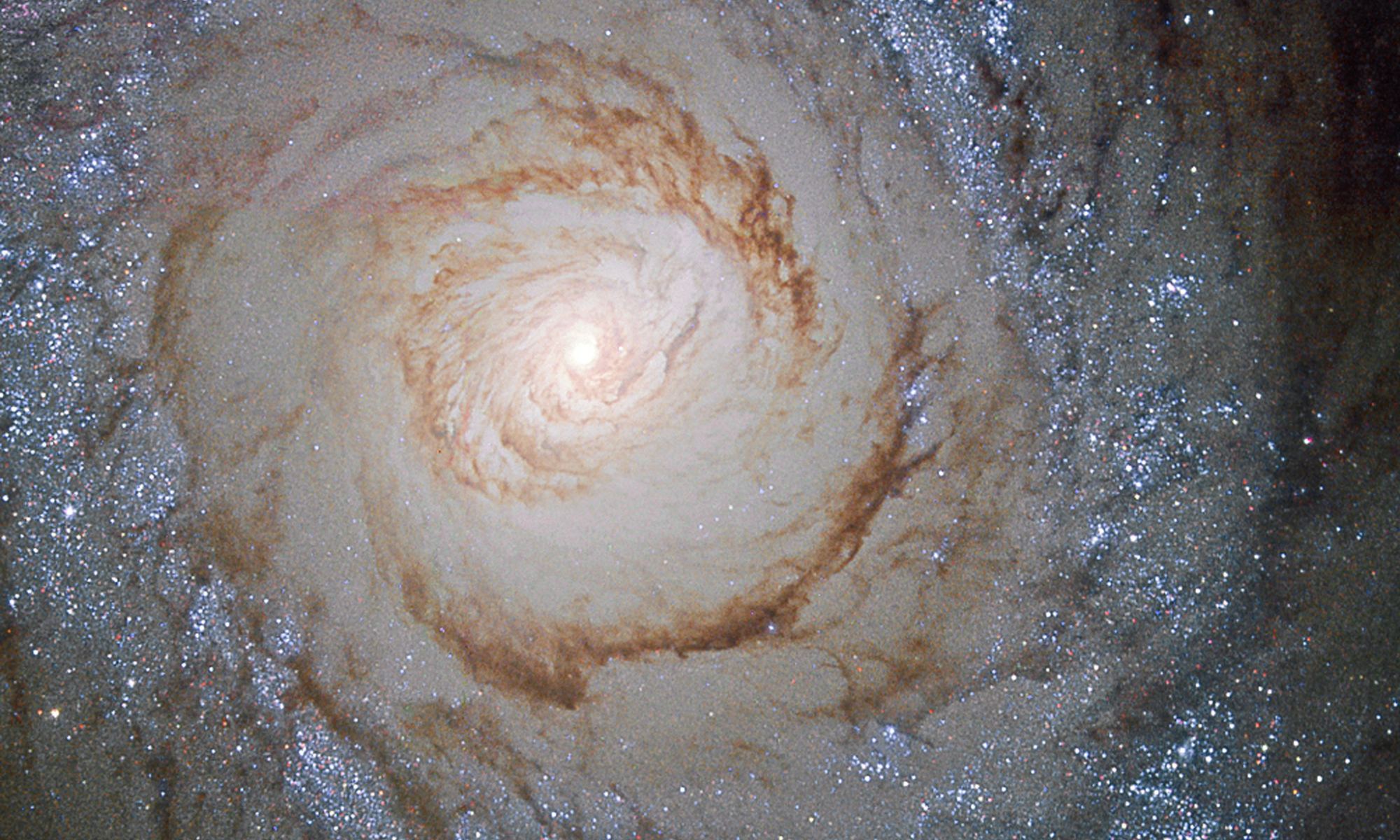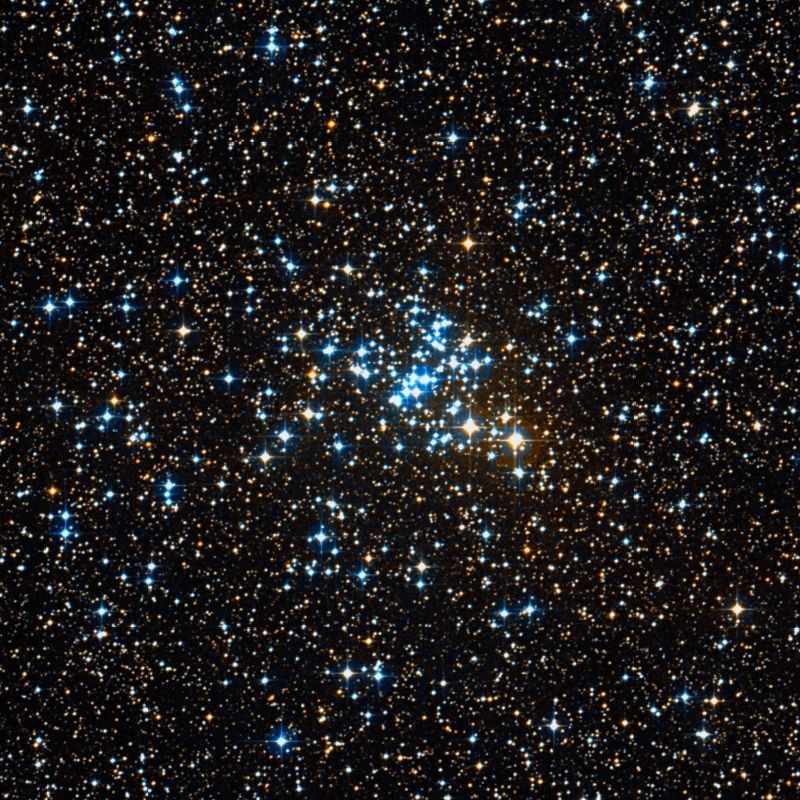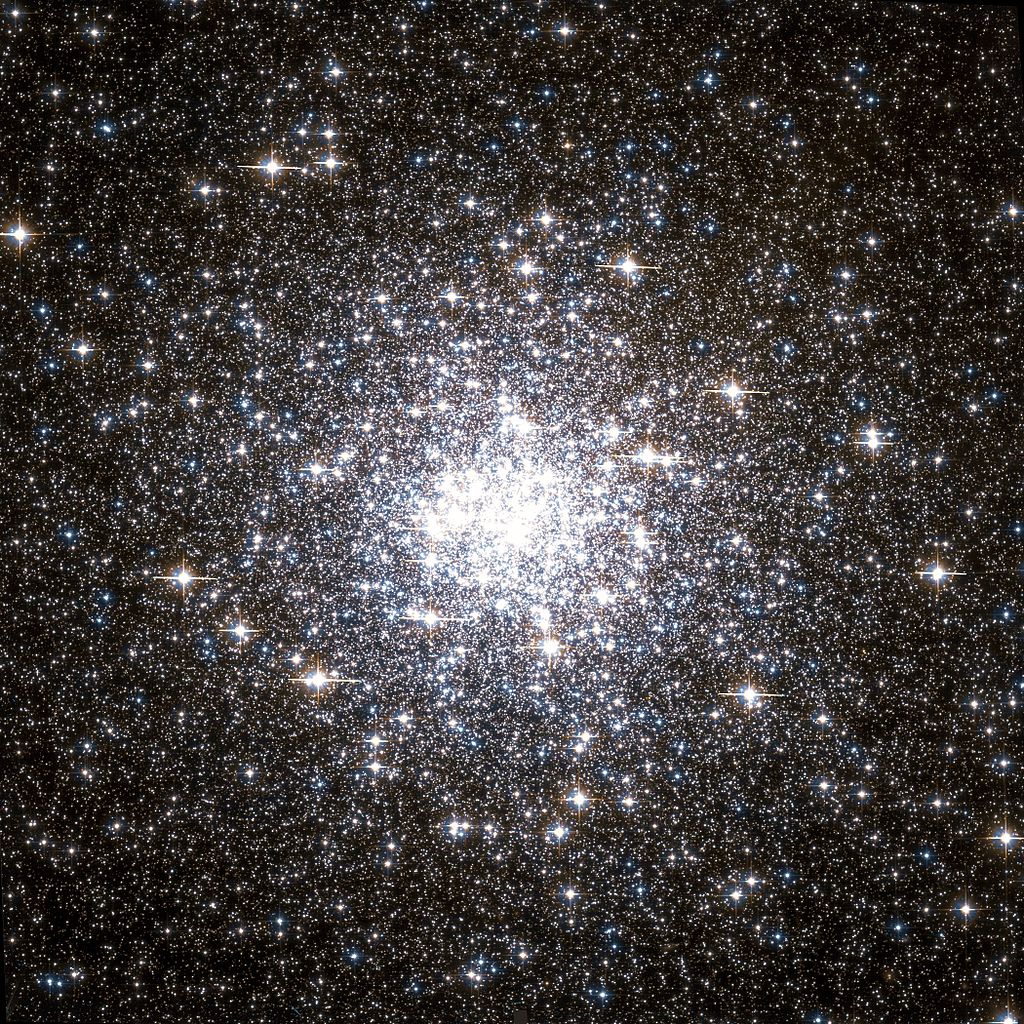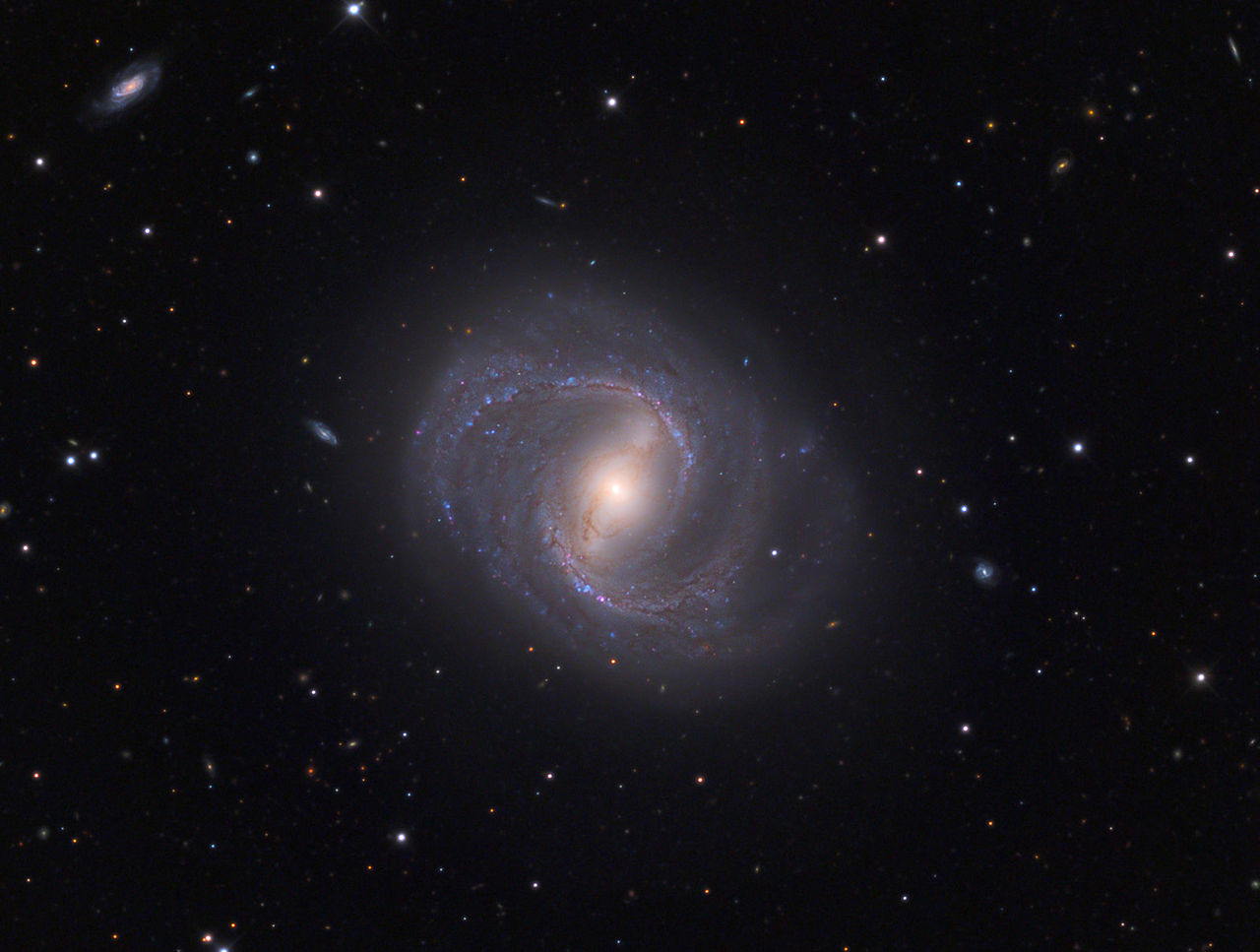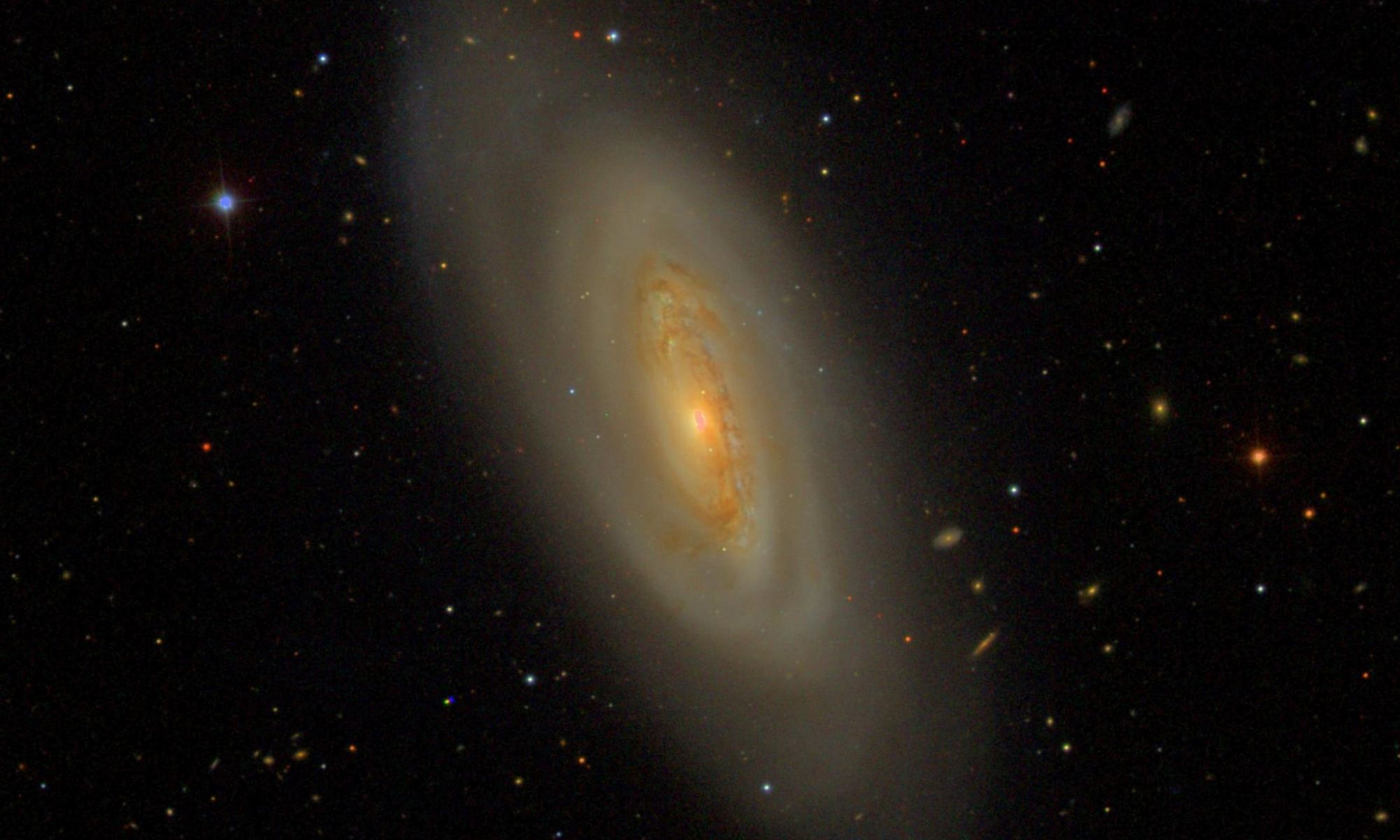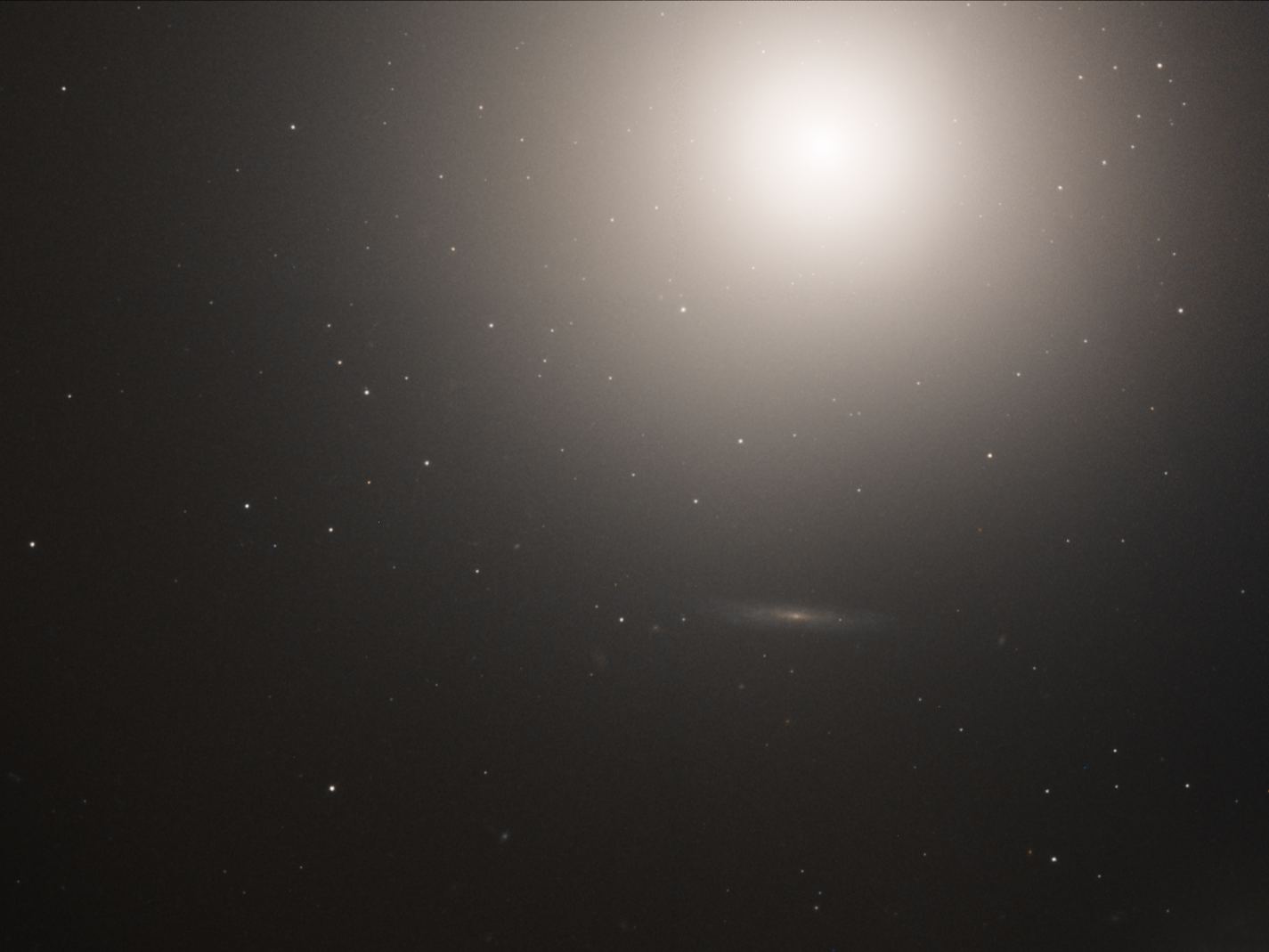Two thousand five hundred years ago, during the height of the bronze age, an old red star died. Its outer layers expanded over time, becoming what is now known as the Southern Ring Nebula, or less romantically, NGC 3132. By the looks of it, this planetary nebula looks like many others. As Sun-like stars die, they swell to become red giants before becoming a white dwarf, and their outer layers typically become a planetary nebula. But a recent study finds that this particular nebula formed in a way quite messier than we had thought.
Continue reading “The Formation of the Southern Ring Nebula was Messier Than the Death of a Single Star”The Formation of the Southern Ring Nebula was Messier Than the Death of a Single Star
